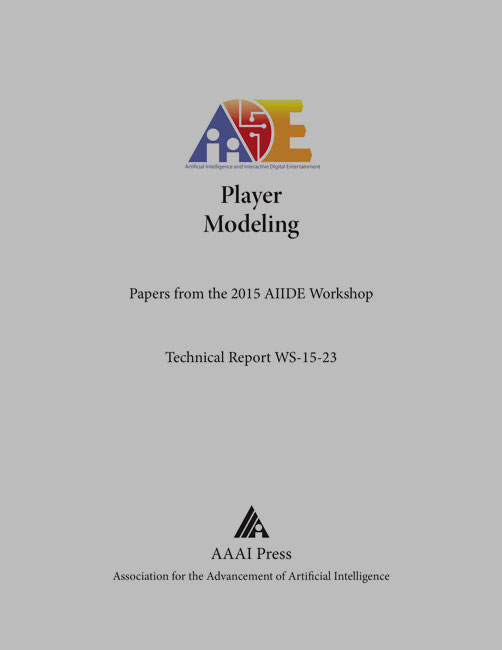A Factor-Based Exploration of Player's Continuation Desire in Free-to-Play Mobile Games
DOI:
https://doi.org/10.1609/aiide.v11i5.12848Keywords:
continuation desire, behavioral intention, user experience, mobile gamesAbstract
This paper explores the concept of Continuation Desire further by investigating the behavioral intent of players’ desire to keep playing. User experience is a complex, multifaceted topic, which is commonly studied through different aspects namely engagement, continuation desire, immersion, flow experience, motivation and enjoyment — yet it is difficult to measure. These concepts were conceptualized into different factors and thereby it was identified which of them are related. This resulted in a synthesized model that was based on the Theory of Planned Behavior model. This model takes into account the perceived user experience factors relevant for Continuation Desire and then attempts to predict players’ intention to continue playing. Structural Equation Modeling analysis was performed to validate the model and to predict the intention of continuation desire. At the same time, exploring why people continue playing, based on experiments using Candy Crush Saga, one of the most popular Free-to-Play mobile games worldwide. The findings indicate that motivation is an important factor of Continuation Desire in Free-to-Play mobile games, with engagement, enjoyment and flow being less important. This paper contributes an early work of a factor-based exploration of measuring user experience and their continuation desire.

